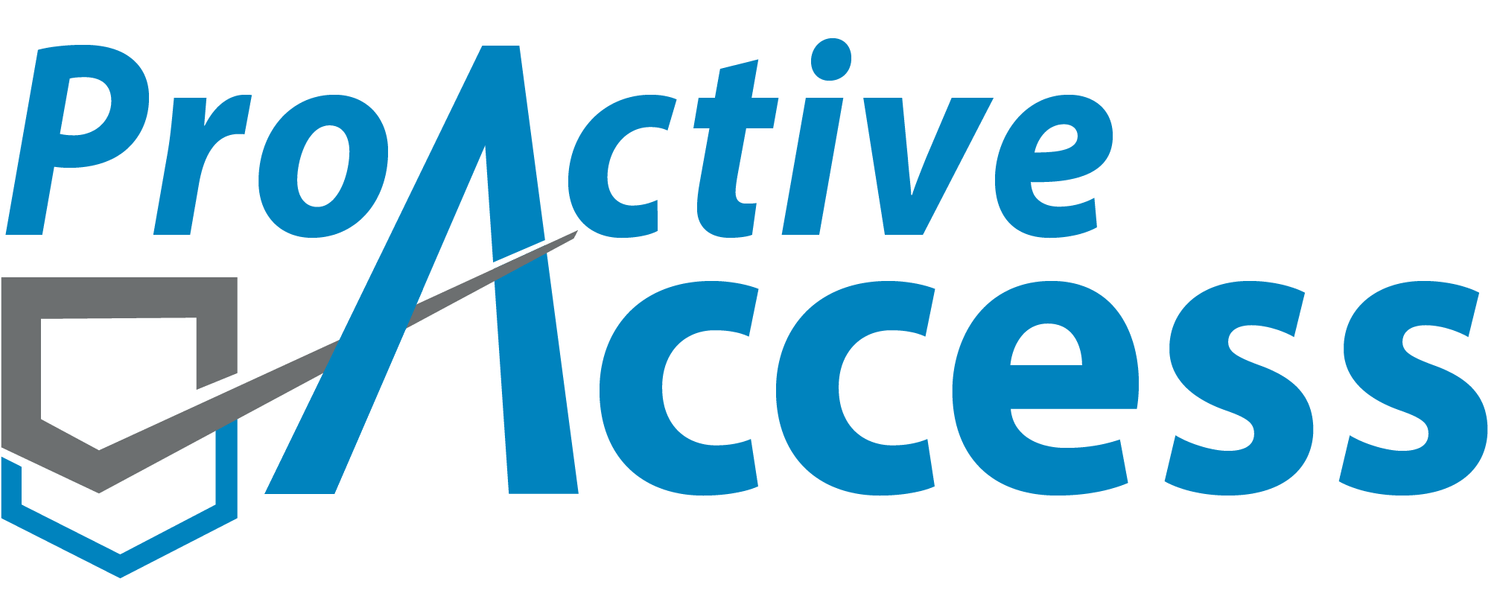Surprise Beneficiaries of Accessible Design - Parents!
When the Americans with Disabilities Act (ADA) was passed in 1990, people with disabilities obviously benefitted from that legislation. The built environment prior to the ADA was filled with architectural barriers that prevented people with disabilities from accessing good and services. Over the past 30+ years, many of those barriers have been removed: Steps at building entrances were replaced with accessible ramps. Multi-story buildings that lacked access to the upper levels were retrofitted with elevators or platform lifts. Entrance doors that slammed shut with fast door closures were improved to close much more gently. Removal of architectural barriers have enabled many people with disabilities to access public accommodations without the need for assistance. But people with disabilities were not the only beneficiary of the accessible environment that now exists.
Even though I work in the field of accessibility compliance, I couldn’t quite appreciate the impact of accessible design until I became a parent. During that first year of my children’s life, we rarely left our home without a stroller. Suddenly, my wife and I were acutely aware of which street corners had curb ramps on our route to the local park. We became mindful of which local restaurants provided enough aisle clearance to push a stroller through without having to ask people to move. I even learned to avoid places that did not have an accessible compartment in the restroom (Strollers don’t fit in standard toilet compartments and many parents prefer not to park their child in the middle of a public restroom when when they have to do their business). As a parent, I realized that ADA Standards for Accessible Design benefit more than just the people that the ADA set out to protect. The entire community is impacted by accessible design even if they don’t realize it.
While Americans should be proud of the progress that has be made to improve access over the past three decades, we must also recognize that there is still work to be done. Most new and existing facilities are not fully accessible.
Many businesses in existing facilities are motivated to improve accessibility as a means to reduce exposure to ADA lawsuits. While this is a compelling motive, businesses shouldn’t lose sight of the positive economic impact of accessible design. Parents and people with disabilities make up a sizable portion of every demographic. Approximately 1 in 4 Americans have some form of disability and approximately 6% of the US population has children under 2 years old. Those two groups are appreciative of accessible design and combine to make up 1/3 of the US population. While you may not have thought about it before, compliance with the ADA may open your business to a client base that you are currently missing out on.
The first step to complying with the applicable construction-related standards is finding out where you stand. Hiring a CASp Inspector to evaluate your facility will give you the information needed to make informed decision about you property improvements. When combined with guidance from your CPA, owners can also leverage tax incentives for ADA compliance.
Our Certified Access Specialists have experience inspecting nearly every type of property. Contact Us today for a free consultation about the accessibility of your property.


